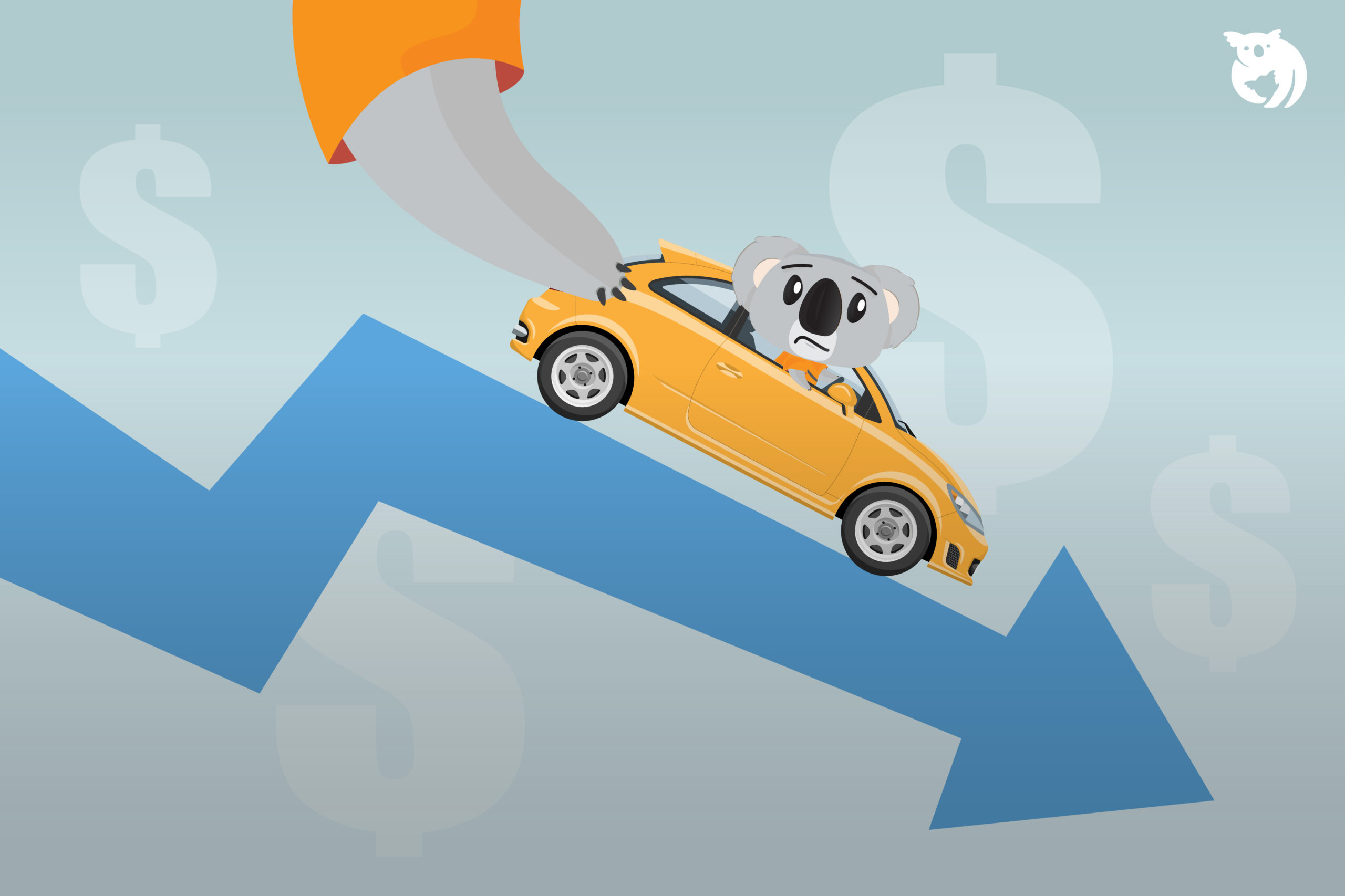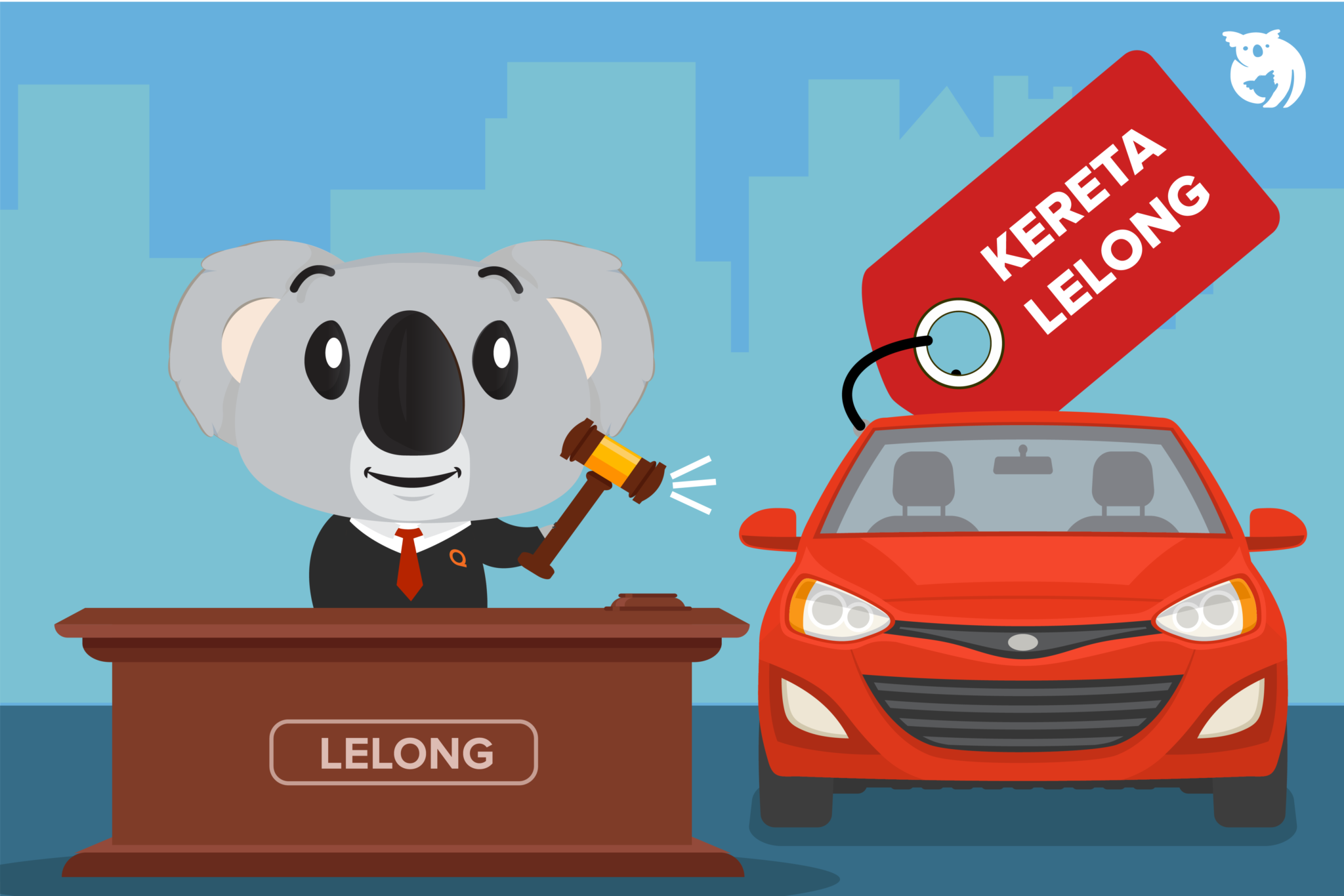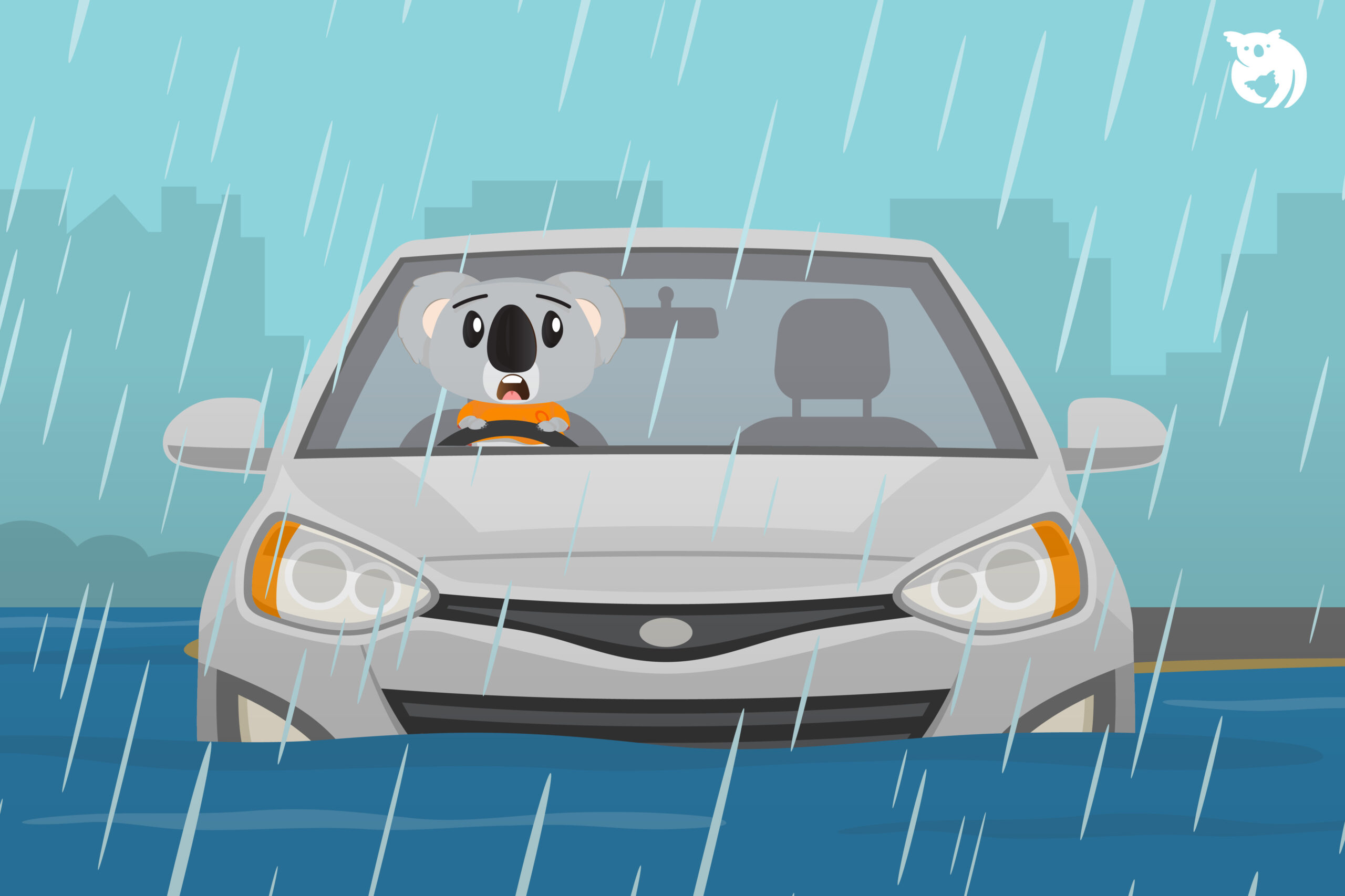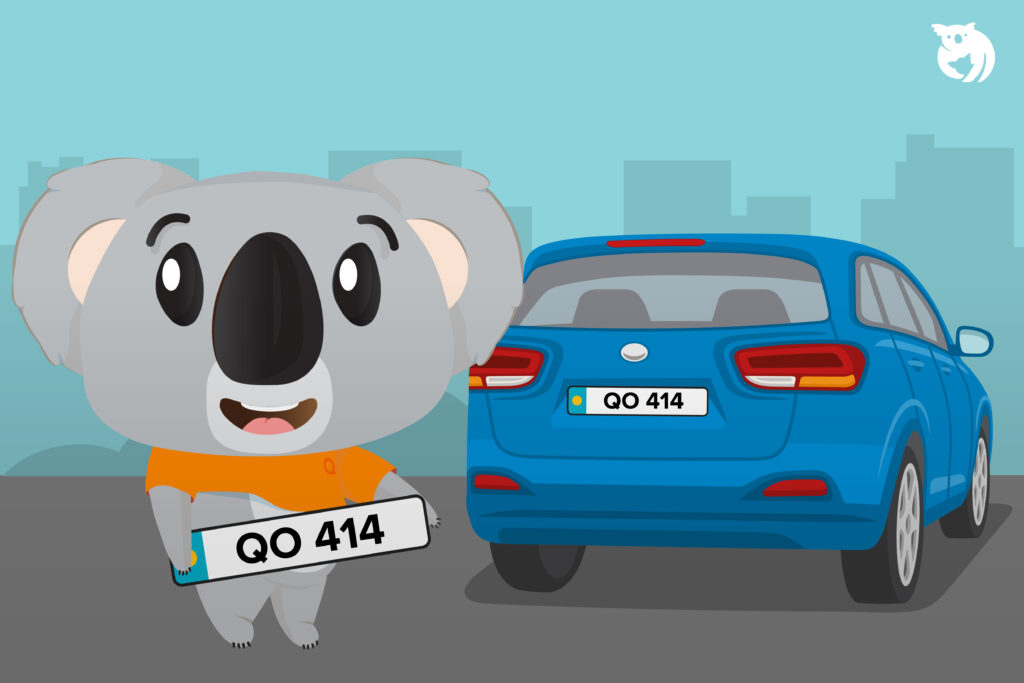When buying a car, there are many things to consider such as the model, specifications, and price of the car, additional costs such as petrol expenses, car maintenance, and your ability to repay the car loan. However, there is one important factor that many people overlook, which is the car depreciation rate. This article will explain everything you need to know about car depreciation rate, including the factors that affect depreciation and more.
Factors that Affect Car Depreciation
The car depreciation rate refers to the difference between the original value of a car at the time of purchase and its final value at the time of sale. It is important to note that the value of a car decreases over time. If you plan to sell or trade in your car at some point in the future, you may find that the market value of your car is much lower than the price you paid for it.
There are many factors that can affect the depreciation rate of a car. Typically, each car has a different depreciation rate depending on factors such as driving habits, model and brand of car, and more. As a buyer, you should seriously consider the car depreciation rate to avoid high losses if you plan to sell your car. The following are factors that can affect the car depreciation rate:
1. Car Mileage
When you use your car frequently for daily activities such as driving to the office, dropping off your children at school, and so on, it will result in a high mileage reading on your car. This can cause the value of your car to depreciate because high mileage may require your car to be maintained more often.
If you plan to sell your car in the future, the mileage factor will be taken into account as all the wear and tear costs will have to be borne by the new car owner. On average, the standard mileage estimation is around 10,000 to 12,000 miles per year.
2. Car Brand and Its Reputation
The depreciation rate of a vehicle varies depending on the type of model, brand, and year of manufacture. Some car models have a good reputation, making them a popular choice among car buyers. In other words, the depreciation rate of a vehicle can be influenced by the level of consumer trust in a particular car model or brand. For instance, the Myvi car is very popular among drivers in Malaysia and has a lower depreciation rate compared to other car models in the market.
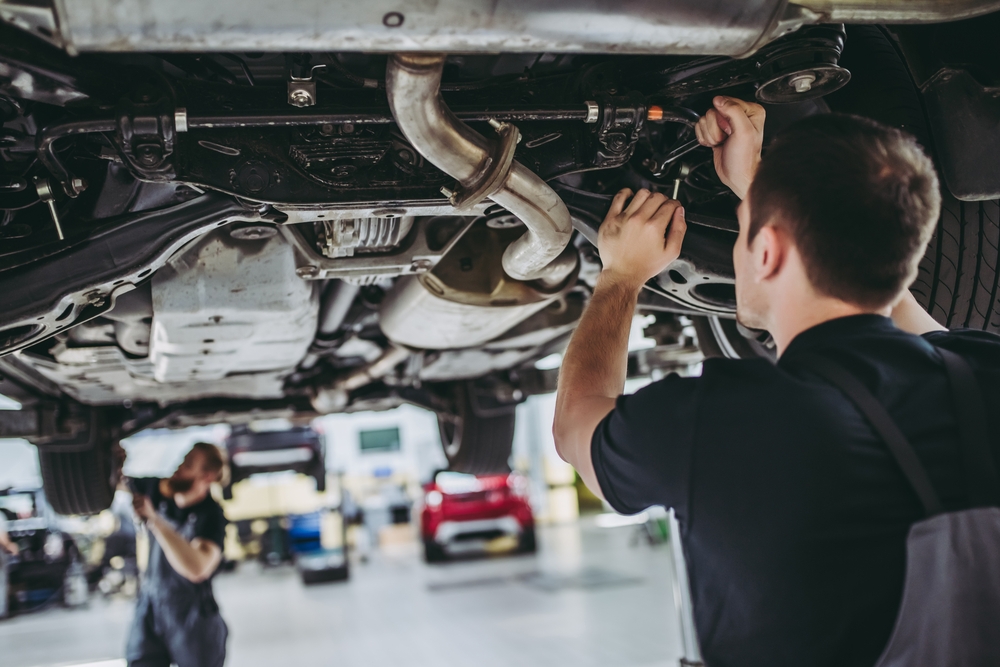
3. Car Service History
Keeping up with regular car maintenance and servicing can have a positive impact on the depreciation rate of your car. When potential buyers know that you have serviced your car according to schedule, they may be willing to pay a higher price for your car as it gives them the assurance that your car is well-maintained. It is recommended to keep a record of your car’s maintenance schedule or store receipts of the expenses in your car’s manual for easy reference.
Regular car maintenance and servicing can also prevent your car from experiencing severe damage to the engine, car battery, spark plugs, air filters, and other parts, which can contribute to a higher depreciation rate.
4. Car Condition
Certain damages to the car’s body, interior or exterior, such as scratches or signs of accidents, can decrease the current value of the car. It is important to maintain the car and regularly inspect its condition for any abnormalities, such as dents or fading paint.
For example, if you notice that your car’s steering wheel frequently shakes, you should address this problem promptly and ensure that it does not persist, as it can cause more severe damage to the car and ultimately affect its value.
5. Warranty Duration
From the perspective of a used car buyer, purchasing a car that still has a warranty is a bonus. Generally, car manufacturers offer car warranty periods ranging from five to seven years depending on the model. Typically, the value of a car sold during the warranty period will not decrease significantly.
6. Car Fuel
Cars that are fuel-efficient or have fuel-saving technology typically have a higher resale value compared to models that are not fuel-efficient. Moreover, it is a popular choice among used car buyers. In Malaysia, there are many car models that have eco mode or fuel-saving features on the road, such as Perodua, Toyota, and others.
Generally, cars with these features have a lower depreciation rate. Additionally, fluctuations in oil or fuel prices can also affect the resale value of your car.
7. Car Size
Furthermore, the size of a car can also affect its depreciation value. Usually, cars that have larger sizes such as MPVs or SUVs will experience higher depreciation compared to smaller cars. This is because larger-sized cars require more expenses to accommodate maintenance costs, spare parts, and higher fuel consumption.
8. Number of Owners
If you’re buying a used car, you need to consider how many owners have previously owned the vehicle before you sell it again. This is because the current value of your car is influenced by the number of owners – the more owners it has had, the lower its current value.

The Depreciation Rate of Vehicles You Need to Know Before Buying a New Car
There are many factors that affect the rate of depreciation of a vehicle. Generally, new cars experience faster depreciation compared to used cars regardless of the model or brand of the car you own. Here are the rates of depreciation of a vehicle that you can expect after buying your new car:
After You Start Driving
When you drive your newly purchased car out of the dealership, its value will start depreciating by around 10 percent.
After One Year
The biggest drop in a car’s value occurs within the first year, typically around 15 to 35 percent. After a year, your car may have depreciated up to 20 percent of its purchase price.
After Two to Five Years
Your car’s value will continue to decline by 15 to 25 percent annually until the fifth year.
After Five Years
After five years, your car may only be worth around 40 percent of its original purchase price. Typically, a new car will lose around 60 percent of its value within the first five years.
To provide a clearer picture, Qoala will share an estimated car depreciation table. We will use the Proton Saga 1.3 Premium AT as an example. The 2022 price for this model is RM39,300.
| Year | Value depreciation (%) | Value depreciation (RM) |
| After buying | 10 | 35,370 |
| After one year | 20 | 31,440 |
| After five years | 60 | 13,720 |
Tips to Ensure that Vehicle Depreciation Rates Are Not Too High
There is nothing that can prevent your car from depreciating. However, there are several steps you can take to minimize the rate of your vehicle’s depreciation. Follow the following tips:
1. Drive Safely
Road accidents, especially those that result in significant damage to the car’s structure, can cause a high rate of vehicle depreciation. When you are involved in an accident, any accident claims or repairs carried out by the car insurance company will be recorded in your vehicle’s record.
2. Keep Track of Your Car Mileage
As mentioned earlier, higher mileage readings or more frequent use of your car increases the likelihood of your car facing certain problems. By keeping your car’s mileage as low as possible, you can minimize the rate of vehicle depreciation.

3. Avoid Excessive Car Modifications
In order to prevent a significant depreciation of your vehicle, it is important to be aware of the potential impact that adding car accessories such as a sport car turbo or installing a sound system with loudspeakers on the hood can have. However, this does not imply that you cannot make any modifications to your car. It is possible to modify your vehicle, provided that it is done within the permissible standards set by the JPJ (Road Transport Department) and is not excessive. It is advisable to keep modifications to a minimum to avoid depreciation based solely on personal preferences.
4. Frequent Service
It is important to ensure that your vehicle is serviced according to the manufacturer’s recommended schedule, and to keep the service receipts as proof. A complete record of past maintenance can reassure potential buyers and provide peace of mind.
5. Buy Used Car
In general, when you buy a used car, you can purchase it at a lower price. Additionally, used cars, regardless of the make or model, usually experience less depreciation compared to new cars.
6. Choosing a Popular Car Colour
Although the choice of an attractive color is subjective and depends on the individual, you can do some research or ask the car salesperson about popular car color options for the model you are interested in. Some colors may be appealing to you, but may make potential buyers think twice.
7. Thorough Research
Make a thorough research before purchasing a new car and identify the rate of depreciation for the model or brand of car you intend to acquire. Ensure that you make the best decision when buying a car. Seek advice from family members or acquaintances who are knowledgeable in the automotive industry before deciding to purchase a specific car.
You may sell the car you own within the next few years, whether it is due to an increase in family members or other reasons. By knowing the estimated market value of your car for the next five to ten years, you can make a more strategic decision and avoid purchasing a car with a high rate of depreciation.
You are advised to consider the vehicle depreciation factor before making a decision to buy a car. This can indirectly prevent you from suffering a significant loss if you plan to sell your car later on. In addition, if you are currently looking for the best car insurance in Malaysia, visit Qoala’s website to enjoy affordable car insurance rates. Don’t wait any longer, let’s protect your car with Qoala!

 EN
EN
 MY
MY

